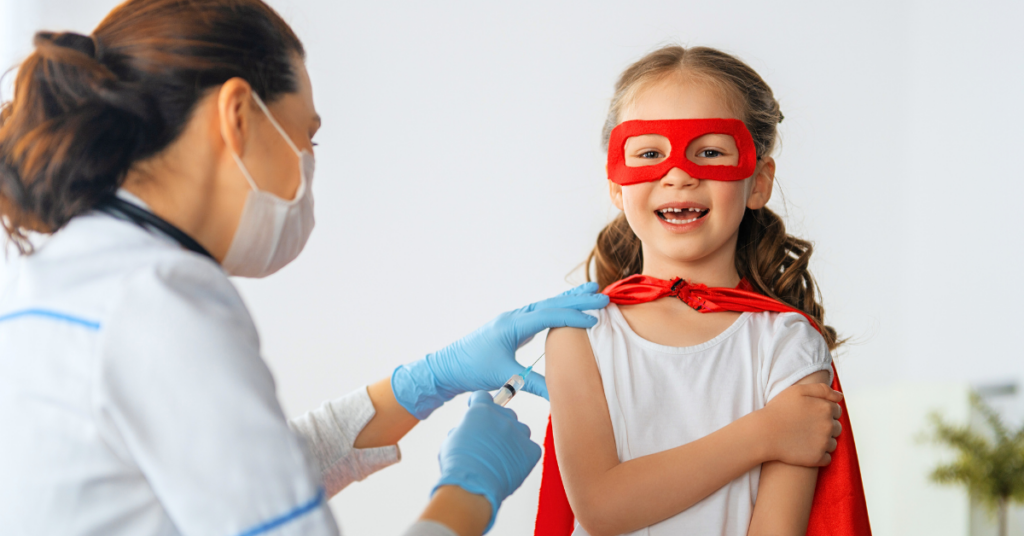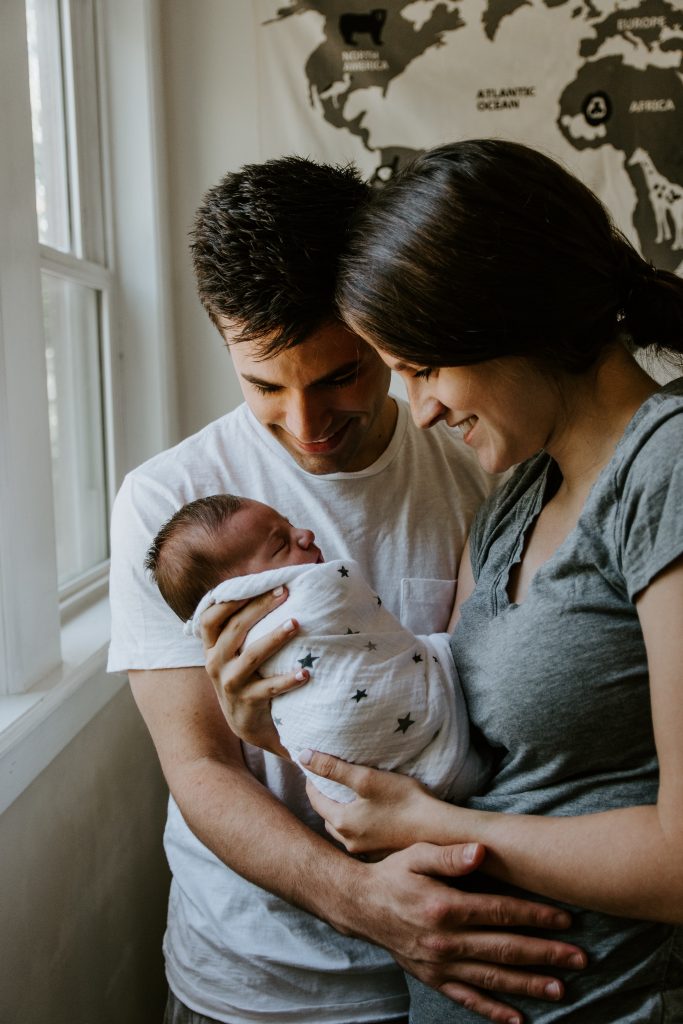Everything was going so well. Then you heard the sniffle.
Is it a cold, or Covid?
What used to be barely a speed bump of parenting is now a minefield. Covid-19 has changed the rules. It used to be no big deal to head to school or play with other kids with mild cold symptoms, but now we have to be extra careful to avoid spreading Covid. With many Covid symptoms mirroring those of the common cold or traditional flu, their first appearance now triggers a spiral of difficult decisions.
Should I cancel that playdate?
Do we need to stay home from school?
Can we see Grandma this week?
Families are burned out. Parents are worried about illness, and about things that even a mild Covid case can bring: quarantines, school closures, and transmitting the disease to vulnerable others. Kids are anxious about getting tested or getting sick, and depressed from the disruption to their social worlds. Recently, my 6-year-old had cold symptoms and was afraid to admit it to us because he was scared of being Covid tested.
Take a deep breath. We’re here to help you get back to the basics, make day-to-day decisions, and navigate cold and flu symptoms in a world of Covid.
Remember the basics
First, the bad news: Though the vast majority of times that your child has cold symptoms will turn out to be just a common cold, Covid-19 cannot be ruled out without a test.
As both a doctor and a mother, I struggle with this truth. I hate putting my kids through Covid testing, and swabbing my own kids has been the toughest tests I’ve ever had to do—they may be little but they are strong! But I also don’t want anyone we’re in contact with to get sick.
To keep our communities safe, here are the points I come back to:
- Stay home at any sign of illness. I am especially wary of fever and coughing because, for any viral illness, these symptoms can be when you are most likely contagious.
- Get tested as soon as symptoms appear. This is one way we can continue to live as “normally” as possible, and it allows my kids to continue seeing their friends and be around their grandmothers.
- Continue to take the simple steps that we have been doing to prevent spread—washing hands, wearing a mask, and keeping social distance from those who don’t live in your home.
- Get vaccinated if your children are eligible. Vaccination reduces your child’s risk of serious illness and reduces spread, helping keep our whole community safe. Additionally, some schools and childcare centers have less restrictive quarantine rules for vaccinated children, so your kids may avoid missing as much school as their unvaccinated peers.
When can we see people again?
With a negative test result, it’s generally safe to see people again once fever has been gone for at least 24 hours and all symptoms are improving.
However, schools and childcare settings have their own set of rules regarding testing and symptom history required for reentry. Most require a PCR test. Reach out to your school nurse or center director for up-to-date protocols and help finding a local testing option.
The rapid test was negative, are we in the clear?
At-home rapid tests (antigen tests) from a drugstore are an option. They will give you quicker results and it is often less stressful for kids to be tested at home by familiar people.
Antigen rapid tests are slightly less sensitive than PCR tests (from a doctor’s office or official testing station, generally requiring 24-48 hours to get results). What does that mean in practice?
- False positives are uncommon. If a rapid test is positive for Covid, you may still need to follow up with a PCR test but absolutely assume it is true in the meantime. Check our website’s Covid page for the most up-to-date guidance.
- If you have symptoms and a rapid test is negative, continue to follow the advice above about restricting contact with others while symptomatic. If you have a high suspicion of Covid, follow up with a PCR test or discuss testing options with your doctor.
- If you have no symptoms and no known exposures, and get a negative result while using a rapid test as another layer of defense before gathering, it is generally safe to proceed with the gathering.
We’re all in this together
None of this is easy—I, for one, long to go back to “the way things used to be.” My kids have already missed so much school. It seems like once a week someone in the family is sick and so we start the process all over again. But we’re all in this together—and our choices can protect the most vulnerable around us.
You’re part of the Peak Family, and we want to make this easier, along with every other aspect of raising healthy kids. Please reach out if you need any help navigating cold and flu symptoms in a pandemic and the challenging decisions they bring.
Advice in this blog post was current at the time of publication; because information about Covid-19 changes rapidly, we encourage you to stay up to date with information from our Covid page, the Centers for Disease Control & Prevention (CDC), the World Health Organization (WHO), and your state and local governments.
Are you looking for a new practice and pediatric medical home? Check out our New Patients page.





